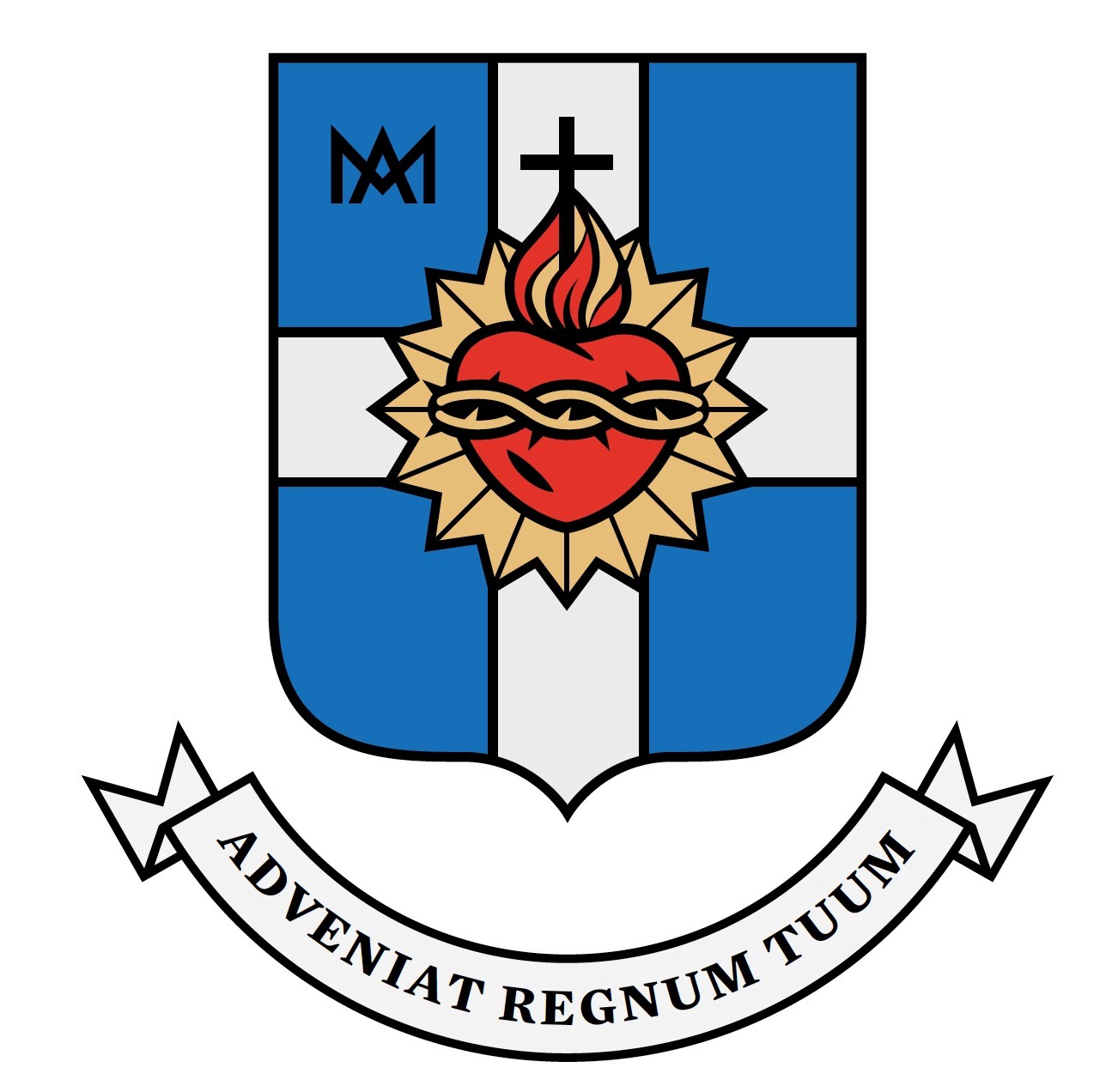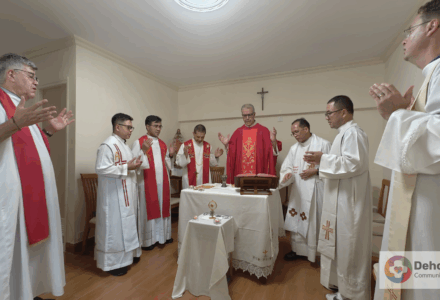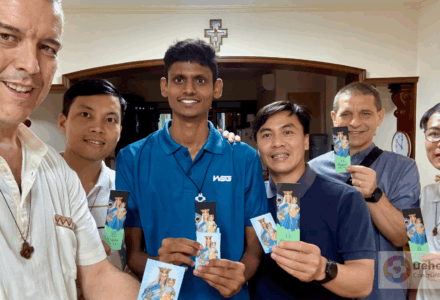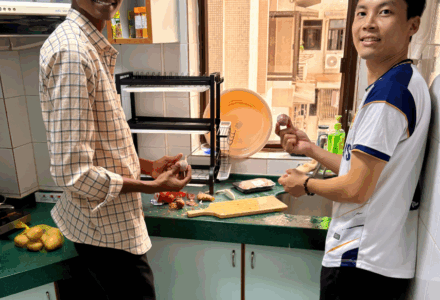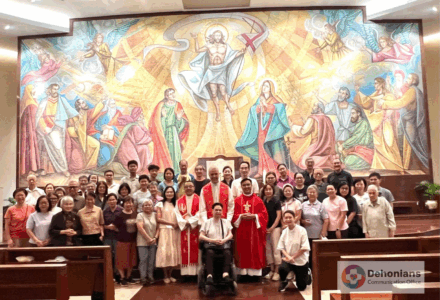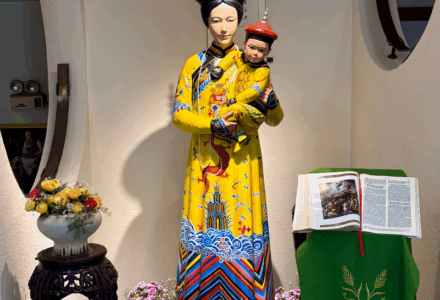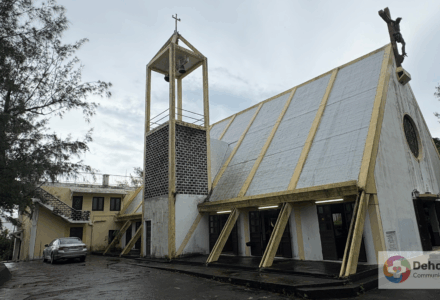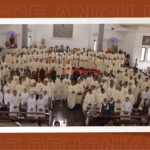The Dehonian Mission in Hong Kong and Macau
The Superior General, Fr. Carlos Luis Suárez, SCJ, recently visited Hong Kong and Macau to meet with our religious and celebrate with them the memory of Blessed John Mary of the Cross. In an interview granted to our editorial staff, he details the most significant moments of this visit.
Reverend Fr. Carlos Luis Suárez, after the summer holiday period, you resumed visits to the Dehonian missions starting with the International Community of Asia (ICA). What was the objective of this visit?
The main purpose of my visit was to meet with our brothers and to accompany the start of a new formation House. In addition, the visit had a festive and spiritual character. On September 22, we celebrated together the memory of Blessed John Mary of the Cross, a Dehonian martyr. For this special occasion, a relic of our first blessed was received into the formation community. That same day, we were all able to dialogue together about the current moment of our mission and how to continue developing it, leveraging the experience and knowledge that has been acquired.
What kind of presence do the Dehonians have in this area of Southeast China? 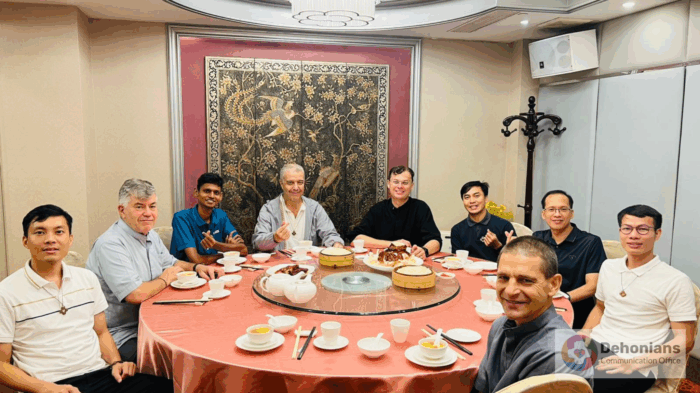
Although they are in different geographical realities, they form a single community, officially called the International Community of Asia (ICA). This is a territorial community composed of religious present in various houses in Hong Kong and Macau, both Special Administrative Regions (SARs) of the People’s Republic of China.
When did the Priests of the Sacred Heart open their first mission in this area?
The preparation for this mission began in January 2014 in Manila, with a first group of seven religious. In April of that same year, they moved to Macau. Some months later, Fr. Ornelas, then Superior General, made a visit. Based on shared discernment, new measures were taken to facilitate the process of language and culture learning. For this purpose, the group was distributed between Macau, Hong Kong, and mainland China. Mandarin and Cantonese thus began to have a place among the languages of the Congregation.
And how is it currently organized?
Currently, the ICA has thirteen SCJ religious from seven different nationalities: five from Vietnam, three from Indonesia, and one each from Argentina, Brazil, Poland, the People’s Republic of China, and India, respectively.
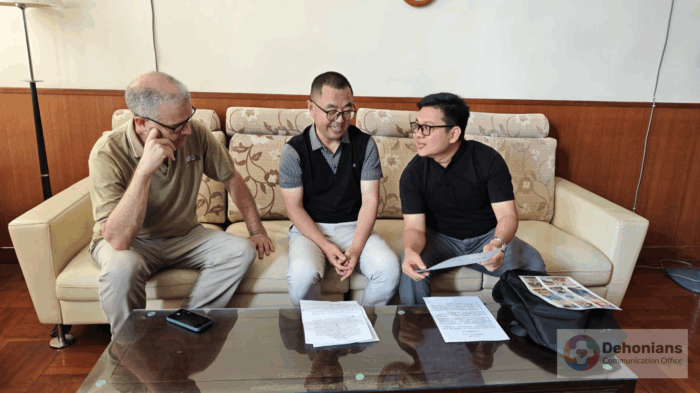 Four of them reside in Hong Kong, where they actively collaborate with the diocese as parochial vicars. Two live in the same parish, while the other two are in different parishes. Guided by their parish priests and with the support of the laity, they familiarize themselves with the pastoral and social reality of the territory. Their apostolate is mainly developed in Cantonese, the local language.
Four of them reside in Hong Kong, where they actively collaborate with the diocese as parochial vicars. Two live in the same parish, while the other two are in different parishes. Guided by their parish priests and with the support of the laity, they familiarize themselves with the pastoral and social reality of the territory. Their apostolate is mainly developed in Cantonese, the local language.
And the Dehonians in Macau?
In Macau, the SCJs are organized into two communities. The first, located near the historic center, is composed of three religious. They collaborate with the diocese as parochial vicars and chaplains of Catholic schools. 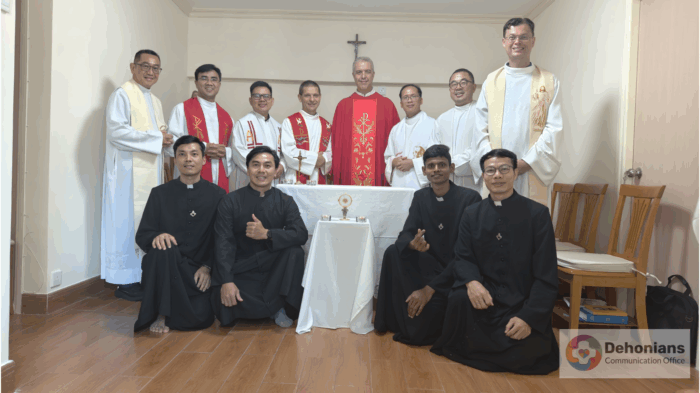 Additionally, they support the diocesan communications office, university teaching, and the accompaniment of religious communities.
Additionally, they support the diocesan communications office, university teaching, and the accompaniment of religious communities.
The remaining six reside in Taipa, the smaller of the two islands that make up the Macau SAR. This is where the recently inaugurated formation house is located, under the special protection of Venerable Fr. Martino Capelli, SCJ (1912 – 1944). This community consists of two formators and four scholastics, who live in several contiguous apartments within a twenty-three-story building.
Can you tell us more about this formation house?
It is a formation house created to ensure the continuity of our presence in the region. It was inaugurated on September 22, 2025, in memory of Blessed John Mary of the Cross, and, as I mentioned, it is under the protection of Venerable Fr. Martino Capelli, an Italian Dehonian who, during his Theology studies, 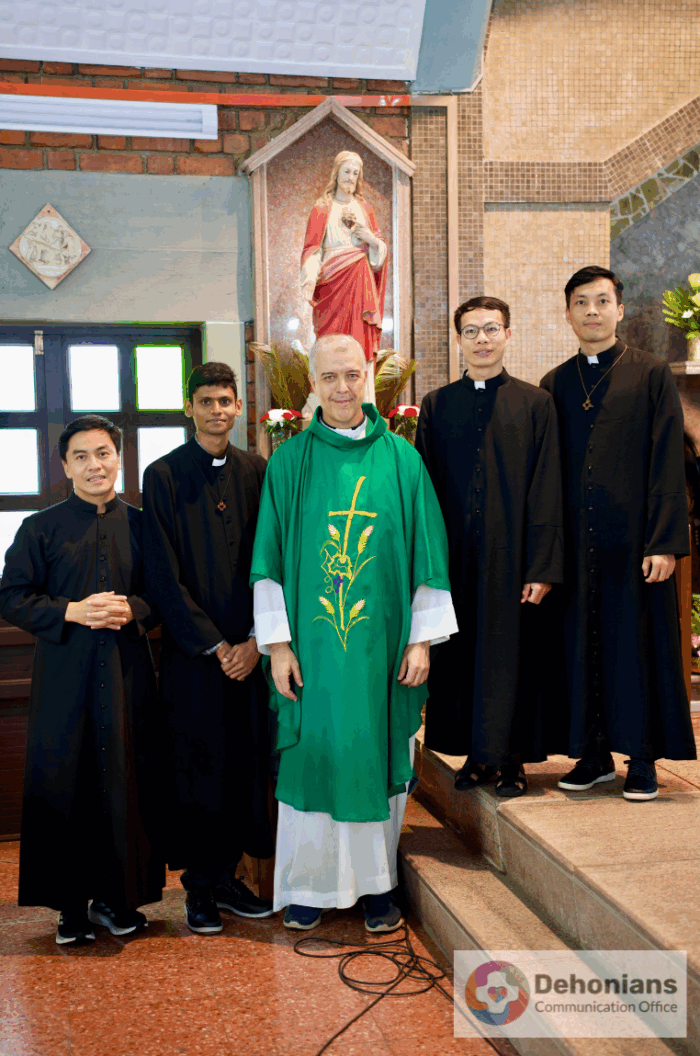 expressed his desire to be sent as a missionary to China after his ordination. Unfortunately, this desire could not be realized due to the Second World War. The first group of religious in initial formation is made up of four scholastics, three of them Vietnamese and one from India. They have already begun their studies at Saint Joseph University and are adapting favorably to their new environment.
expressed his desire to be sent as a missionary to China after his ordination. Unfortunately, this desire could not be realized due to the Second World War. The first group of religious in initial formation is made up of four scholastics, three of them Vietnamese and one from India. They have already begun their studies at Saint Joseph University and are adapting favorably to their new environment.
Beyond formation, what exactly do these six religious do in Taipa?
The Taipa community is also responsible for the mission of Our Lady of Sorrows. This place, which was originally a leprosarium, now functions as a cultural center managed by the local government. However, the chapel and an adjacent house remain available to the Diocese of Macau. After a long period without regular accompaniment, the Sunday celebration of the Eucharist has been re-established thanks to the attention of our members. Other pastoral activities are gradually developing, including welcoming migrants (mainly Filipinos) and hosting groups for retreats, training, and times of reflection. 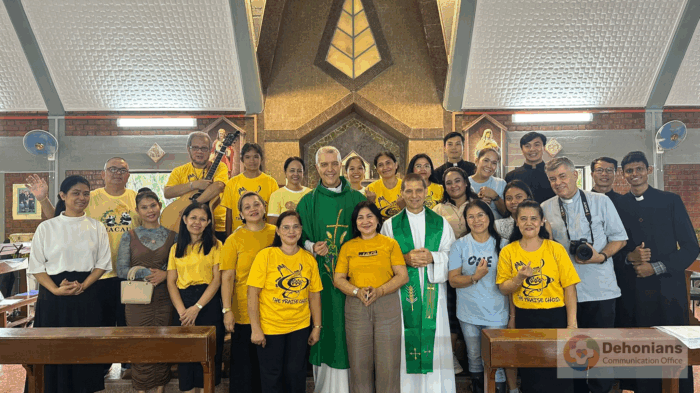
We’ve seen images of you with local personalities…
Yes, during my stay, I had the opportunity to meet with various authorities and groups, including: the Bishop of Macau, Msgr. Stephen Lee Bun-Sang; the Reverend Dr. Cyril J. Law, diocesan chancellor and Dean of the Faculty of Religious Studies and Philosophy at Saint Joseph University; the superior of the Jesuit community in Macau, as well as lay collaborators who support the SCJ mission and sympathize with the Dehonian charism.
Were you affected by the climate disaster that struck much of Southeast Asia while you were there?
Yes, Typhoon Ragasa visited us there. Fortunately, it was announced in advance, and the Macau region is well-prepared for this type of natural phenomenon. This contributed to the damage being minimal compared to other countries in the area. Due to this situation, I had to extend my stay by two more days in the formation community. Although this gave me more time, I must confess that it was not enough to reach the level of the members of this welcoming community in card playing. 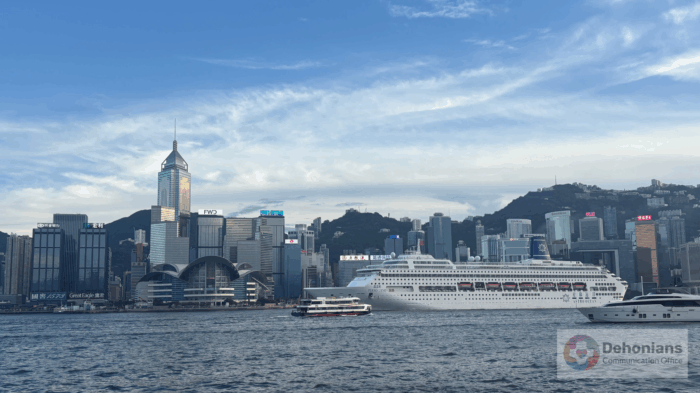
Overall, how do you evaluate this visit?
Undoubtedly in a very positive way. Firstly, it allowed us to strengthen our communion, while reflecting on the present and the future—full of hope, but also challenges—of the Dehonians in Southeast China, the youngest presence of the Congregation in Asia. There are more than sufficient reasons 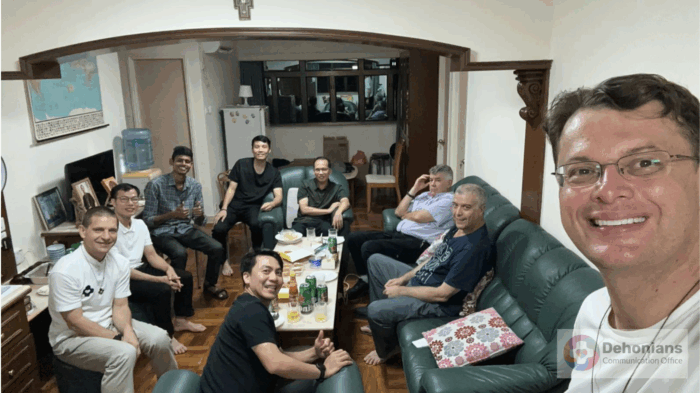 to continue in this beautiful region of the Asian continent and to continue sharing the charism that our good God has entrusted to us. We have much to learn, of course. But we also have a beautiful spiritual heritage to share: “the greatest of treasures”, as our Founder says, referring to the Heart of Christ.
to continue in this beautiful region of the Asian continent and to continue sharing the charism that our good God has entrusted to us. We have much to learn, of course. But we also have a beautiful spiritual heritage to share: “the greatest of treasures”, as our Founder says, referring to the Heart of Christ.

